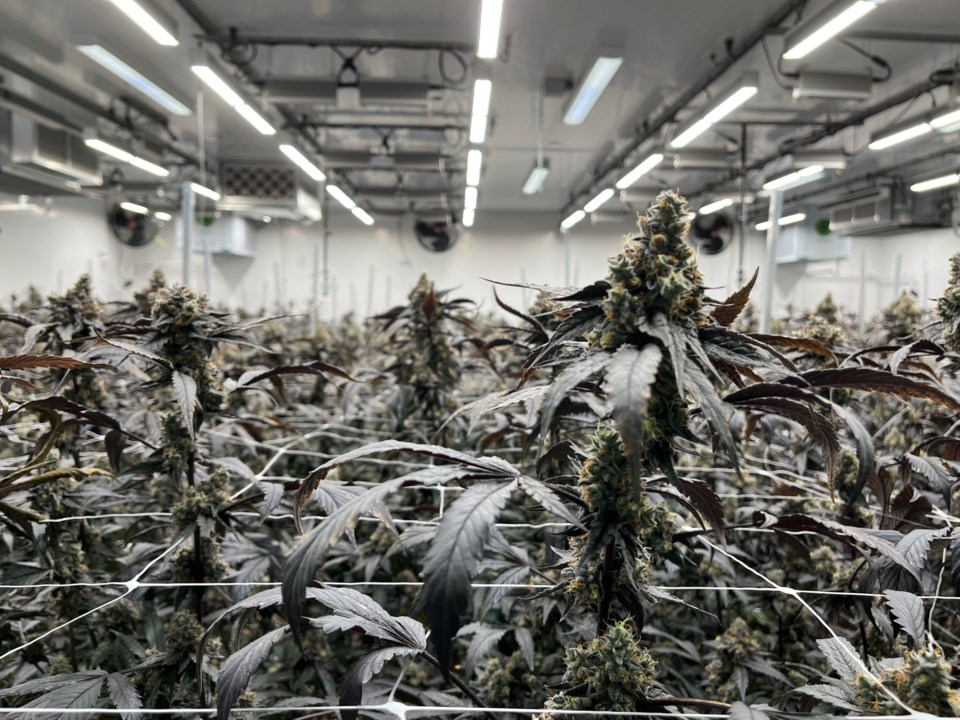Don’t look now, but we’re coming up on 10 years since former Prime Minister Justin Trudeau pledged on the campaign trail to legalize marijuana (feeling old yet?).
If you can stretch your dusty, pot-addled old brain that far back, you might even recall some of the discourse around said announcement, which made international headlines and put Canada under the spotlight in a way it’s not normally used to (as an aside, this was also around the time former Prime Minister Stephen Harper said marijuana is “infinitely worse” than tobacco, which is worth mentioning just for how laughable a statement it is).
For the politically averse—which is roughly 40 per cent of us if you’re basing it on voter turnout alone, but likely even higher than that—that policy proposal was quite possibly their first introduction to the Liberal leader. Something about the words “legal” and “weed” in the same sentence really grabs the attention, eh?
Or at least it did in 2015, when legal recreational cannabis was still very much a novelty around the globe. When Canada finally legalized in 2018, it was just the second nation to do so, following (incoming trivia question answer alert)… you guessed it, Uruguay, which legalized in 2013.
Today there are no fewer than nine countries with fully legalized cannabis, along with two dozen U.S. states, and dozens more countries that have either decriminalized or legalized for medicinal use. Marijuana has gone mainstream, and Canada was ahead of the curve.
How have things gone after seven years of legalization? It depends who you ask.
A legislative review of the Cannabis Act published in March 2024 found while Canada was able to create a commercial market via legalization, it did so at the risk of jeopardizing public health. At the same time, many small- to medium-scale cannabis producers are struggling to turn a profit in a market dominated by big business, while historically marginalized groups like First Nations face extra hurdles realizing the benefits.
Since 2018, Health Canada has also conducted an annual survey to better understand how Canadians view and use cannabis. In December 2024, the survey found 26 per cent of people reported using cannabis in the past 12 months, up from 22 per cent in 2018 but unchanged from the year prior.
About one in six reported using it in the past 30 days (up two per cent from 2018), while six per cent of all people in Canada reported using cannabis daily or near daily (up just one per cent from 2018, and unchanged from the year prior).
This is only scratching the surface—you can explore a robust collection of cannabis facts and figures yourself here.
It’s not all sunshine and roses, of course. Smoking cannabis damages the lungs, and regular use impacts mental health. In severe cases, usually when there’s a family history, it can increase your chance of experiencing psychosis or schizophrenia. It can also make kids and animals sick (so best lock up those tantalizing edibles and properly dispose of those roaches).
To lower your risk, Health Canada suggests avoiding daily or near-daily use, not using until you’re 25 (while that precious little brain of yours is still developing), avoiding inhalable products, and avoiding mixing cannabis with other substances. You can find more helpful facts and info at canada.ca/cannabis.
It’s too soon to say what will define Trudeau’s legacy in the long run. On one hand, he notoriously finished his term as deeply, almost comically unpopular with Canadians (his dismal 22-per-cent approval rating in December 2024 is above just one other PM: Brian Mulroney, who somehow managed a hilarious 12-per-cent approval rating in November 1992, which begs the question: who the hell were the 12 per cent?).
On the other hand—and it’s easy to forget this given the recency bias—Trudeau actually spent much of his term in Canadians’ good books, topping out at 65 per cent approval in September 2016 (the second highest ever recorded, behind Jean Chretien’s 66-per-cent approval rating in September 1994).
When we look back at Trudeau’s legacy somewhere in the distant future, where will legal cannabis place in the discussion?
One of Conservative leader Pierre Poilievre’s favourite of his (seemingly endless) slogans and catchphrases is to refer to the “lost Liberal decade.” If you Google that term, you’ll see it’s also a favourite among right-wing commenters, who in the span of about two weeks in late March published no fewer than five articles with the phrase “lost Liberal decade” in the headline, weirdly all with different authors: two in the Financial Post, one in the National Post, one in the Toronto Sun, and one by Brian Lilley on a website called energynow.ca.
It’s an obvious ploy to shift the toxic Liberal record from Trudeau to new PM Mark Carney, after the latter outflanked the CPC on its “Carbon Tax Carney” attack ads by making his first official act as prime minister to cancel said carbon tax.
It’s also just a catchy slogan, sure to play well on the campaign trail with those who have seen wages stagnate and home prices skyrocket while their government spent recklessly, immigrated robustly, embroiled itself in pointless scandals and virtue-signalled in all directions at once.
It remains to be seen how the “lost Liberal decade” slogan will play out at the ballot box, and who will form Canada’s next government.
But it’s entirely possible that 10 or 20 years from now, many Canadians will mostly remember Trudeau as the guy who legalized pot.




